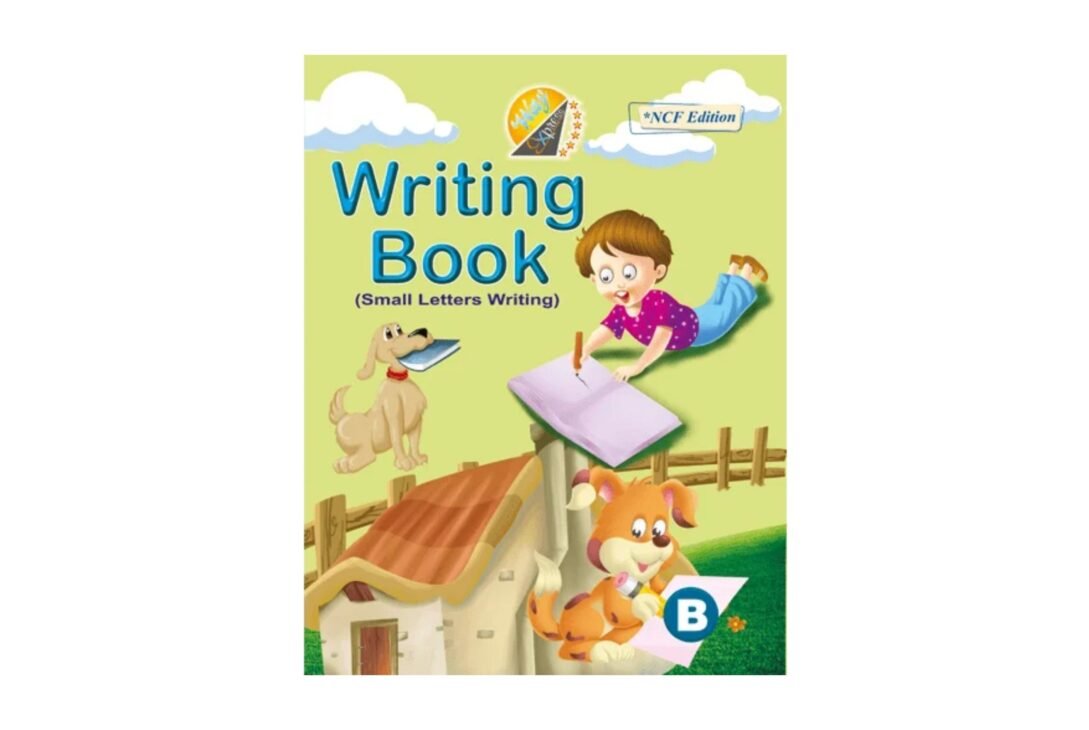Learning to write is one of the most important milestones in early childhood education. For young learners, especially those in preschool and kindergarten, mastering letter formation builds the foundation for effective communication and academic success. Among these early writing skills, learning to write lowercase letters correctly plays a critical role. A thoughtfully designed Small B Writing Book can guide children through this process with engaging activities, clear instructions, and repetition-based practice.
Parents and teachers often look for tools that are not only educational but also enjoyable for kids. At this early stage, children are still developing fine motor skills and hand-eye coordination. That’s why the right kind of writing book must be more than just a blank worksheet. It should be colorful, interactive, and tailored to meet the developmental needs of early learners. This is where specialized educational publishers, like Yellow Bird Publications, step in with well-researched materials that balance fun and learning.
Why Letter B Needs Special Attention in Early Writing
While all letters are important, the lowercase ‘b’ is often confused with similar-looking letters like d ‘ or ‘p’. This common challenge makes targeted practice for writing the letter ‘b’ particularly essential. A Small B Writing Book helps children focus on one letter at a time, building muscle memory through structured tracing and guided writing. By isolating this specific letter, kids can give it the attention it needs without feeling overwhelmed by an entire alphabet at once.
Additionally, repetition is key to mastery. The more often a child traces and writes a letter, the more natural it becomes. A Small B Writing Book, designed specifically for individual letters, allows for this kind of intensive repetition without boredom. Activities often include not just tracing lines, but also coloring, matching, and letter identification games that enhance learning through multi-sensory engagement. The format keeps young minds engaged while reinforcing correct formation.
Educators also benefit from using a Small B Writing Book, as it aligns with phonics-based learning strategies. While students write, they also associate the sound with the shape of the letter, reinforcing reading skills alongside handwriting. This dual reinforcement ensures a more rounded literacy experience, which is especially beneficial in early education settings.
What Makes an Effective Small B Writing Book
A high-quality writing book must strike the right balance between guidance and independence. It should offer structured tracing lines for beginners and space for freehand practice as confidence grows. A reliable Small B Writing Book typically begins with large-letter tracing and gradually reduces size, helping children adapt to standard writing line formats used in schools. Visual cues like arrows and dotted paths further assist with stroke direction and consistency.
Colorful illustrations, real-world examples, and context-based activities keep learners engaged and make the writing process more meaningful. Instead of simply repeating a shape, children begin to associate the letter ‘b’ with words they know, like “ball,” “bat,” or “butterfly,” which adds relevance and context to their practice. A well-designed Small B Writing Book incorporates these elements, making each activity not just educational but also enjoyable. Educational publishers like Yellow Bird Publications understand these needs and develop their materials accordingly. Their writing books reflect a deep understanding of early childhood learning psychology, making them a trusted choice among educators and parents alike.
Moreover, durability and usability matter. Young children often press hard with pencils or crayons, so thick, high-quality paper prevents tearing and ensures a smoother experience. A sturdy Small B Writing Book with spiral binding or wide margins also helps children rest their hands comfortably while writing, encouraging good posture and writing habits from the start.
Conclusion
Developing handwriting skills is a step-by-step process, and each letter requires focused practice to master. A dedicated Small B Writing Book offers the ideal environment for children to practice, learn, and grow with confidence. It supports not just writing skills, but also reinforces phonics, hand control, and letter recognition—all crucial aspects of early childhood education.
Parents and educators looking for effective resources will find immense value in using a Small B Writing Book that is thoughtfully designed for young learners. With the guidance of quality materials from trusted publishers like Yellow Bird Publications, children can enjoy the learning journey while building strong foundational skills.



